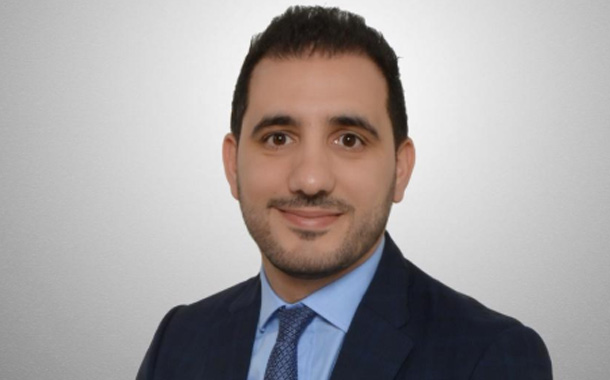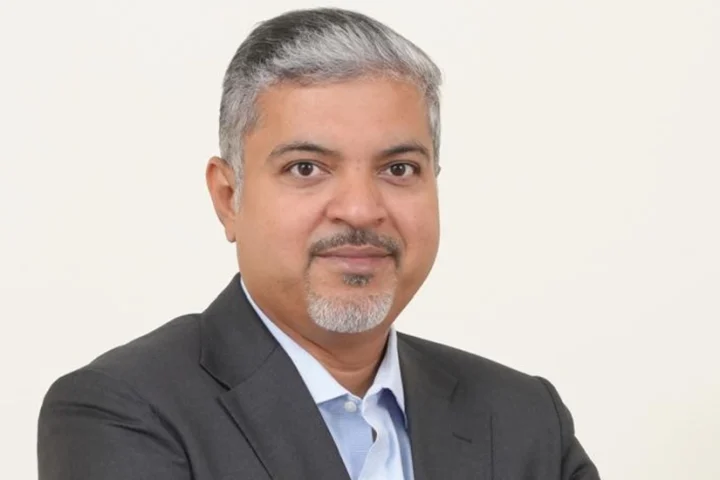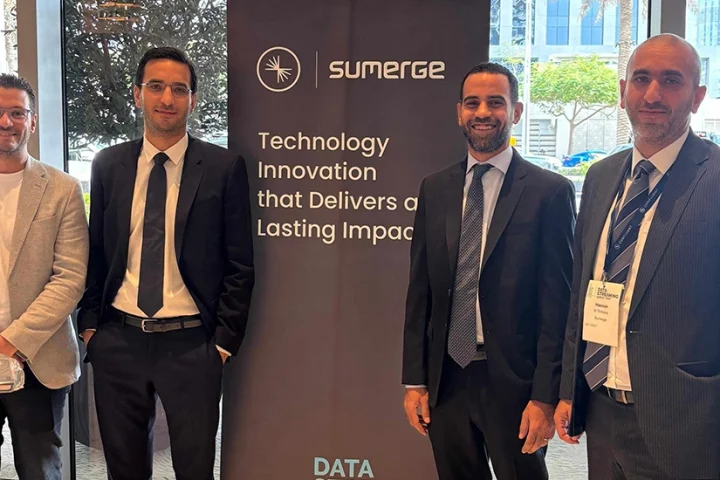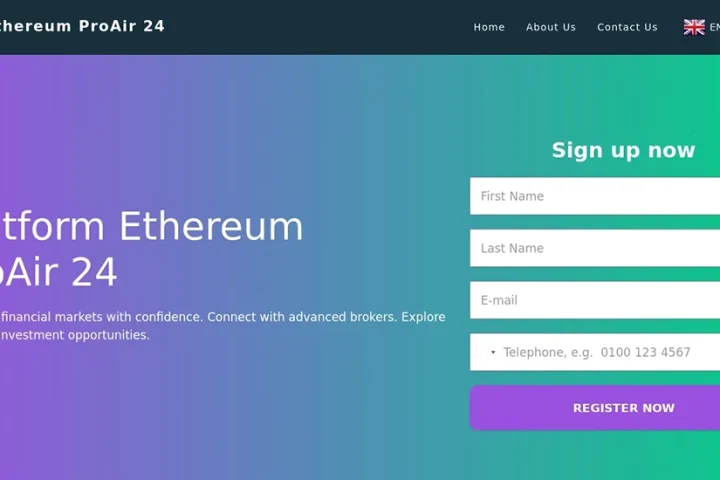What is you channel strategy for the Middle East region? How do you cover this huge geography?
Across the MEA region we work closely with 50 focused partners. The MEA strategy has moved more towards channel and over the last 12 months. In support of this shift, there has been increased investment in the team, activities and partner affinity program.
The team in MEA has grown considerably over the last 12 months and will likely continue to grow. The head office based in Dubai serves several team members with varying roles which include; sales, sales engineers, product services, channel management and marketing. A second office is due to open in the latter half of 2019 in Riyadh for the local sales, sales engineers and product services team. The team manage the whole of the Middle East from Dubai and Riyadh.
What is the state of Channel Partner Network is the region? How have you managed to remain focused in a rapidly evolving region like the Middle East?
The channel network in the Middle East is strong and there are a lot of loyal partners across the region. It is important to work closely with partners and build a strong relationship together. Investment in partners is also key through training, MDF and leads. Partners also get additional benefits through our Affinity Partner Program.
With the channel partner market constantly evolving, what are the key elements that a partner should incorporate?
Ensure sales and pre-sales resources are fully enabled and certified to keep the right amount of attention on products. Partners should also implement and follow a joint business plan and conduct customer mapping to maintain focus to achieve goals.
What is the biggest challenge that the Middle East channel partners are facing?
True collaboration at all levels can sometimes be difficult to achieve within a company let alone for an entire industry segment. However, the success of the channel can only go from strength to strength with a higher level of collaboration. This can be achieved through building strong relationships between vendors, partners and customers. We can then work together more effectively to develop a clear and detailed plan on how to drive business and technology while addressing key security concerns.
How does effective partner programs help you grow your business?
Our company’s leading Affinity Partner Program leverages incentive programs, co-partner end user events and vertical focused events to drive partner engagement and opportunities.
If could you improve one thing in the channel business, what would that be?
Frankly, there has been nothing new or exciting to say about the channel business strategy for many years. It is difficult to single out one improvement. I see it as a six-step process when focusing on head-to-head competition with other vendors:
- Make it a priority. Devote resources to channel management –whose sole responsibility is to manage those relationships and build the marketing programs to drive revenue through the channel.
- Develop measurements and track performance. Know who your best sales performers are
- Communicate! Build relationships at every level of the channel.
- Drive revenue through the channel. Take ownership of the marketing campaigns that will drive revenue at all levels through the channel. Partners have to focus on building their own customer base, not marketing just your product (remember that you’re not the only solution they offer).
- Avoid pricing conflicts. Establish a pricing strategy and stick to it. If channel conflict arises because of price, attempt to resolve it ASAP
- Address conflicts swiftly. Since distrust and channel conflict is common, it’s important to address problems quickly to find a solution.
What product or technology should the channel watch out for this year?
Over the last 5 years, the cybersecurity market has experienced an upward trend due to the increasing amount of attacks and type of attack vectors. As a result, I believe the focus should be on IoT, cloud and network forensics. As the majority of data, if not all data, is being moved to the cloud, this should be the channel’s main focus for the next 5 to 10 years. Those who do not adapt and prepare their infrastructure accordingly will be out of the game.
How are you raising your brand across this region?
We recently hired a Regional Marketing Manager based in Dubai and since the onboarding, marketing activities have significantly increased across the Middle East. We have been involved in a number of events which include a customer event in collaboration with Splunk and our channel Partner SBM as well as MENA Information Security Conference, both of which were in Saudi Arabia. In Q4, we will also be participating at GITEX Technology Week and World 5G Show in Qatar. However, it is not just about event participation, the pre- and post-event work helps raise awareness and drive the business.
We constantly work with our customers to create case studies about the different implementations and large projects in the region. There are also several channel marketing activities to really disrupt how we communicate with channel partners, however, more details about this will be announced during GITEX.



















